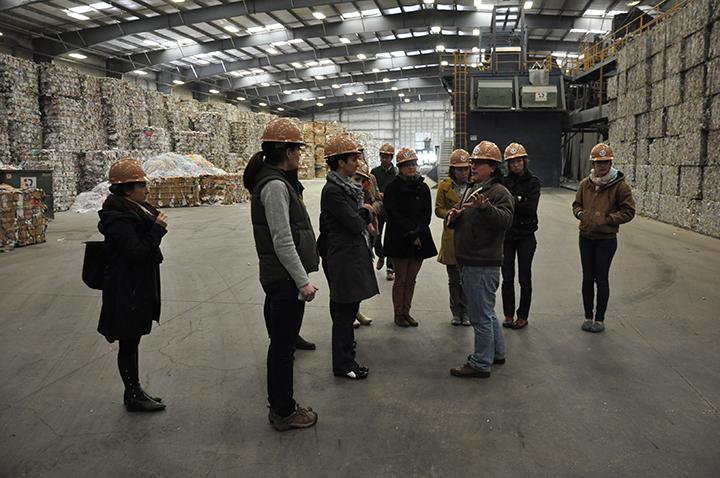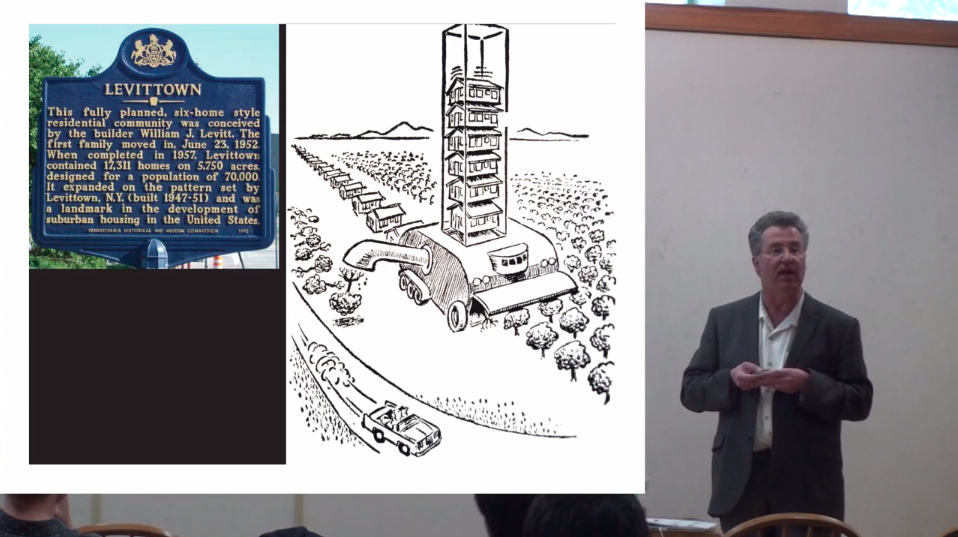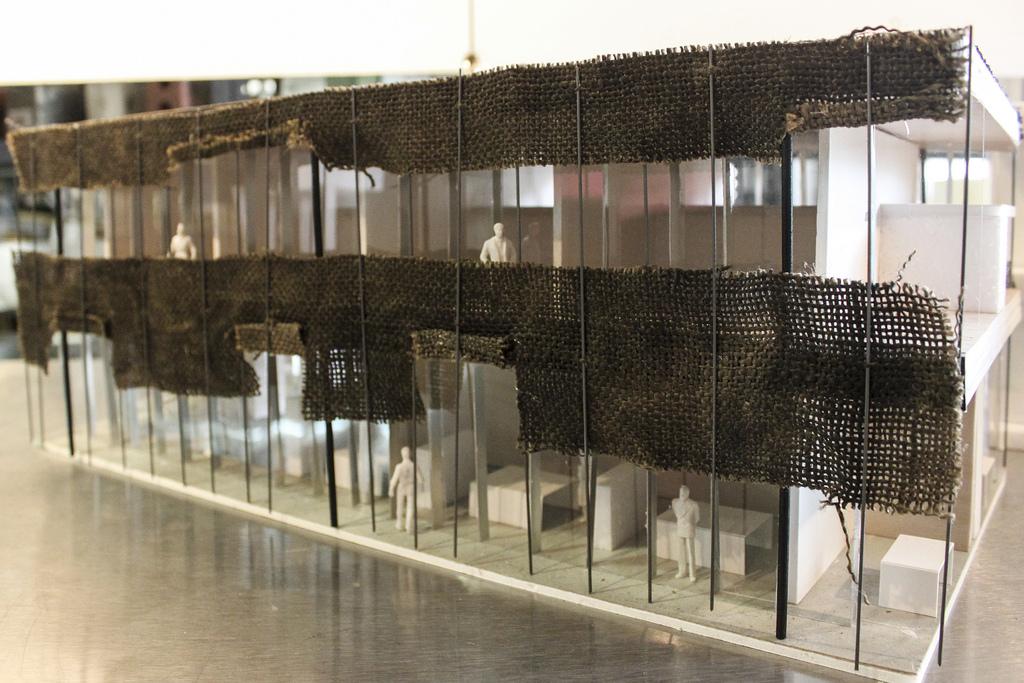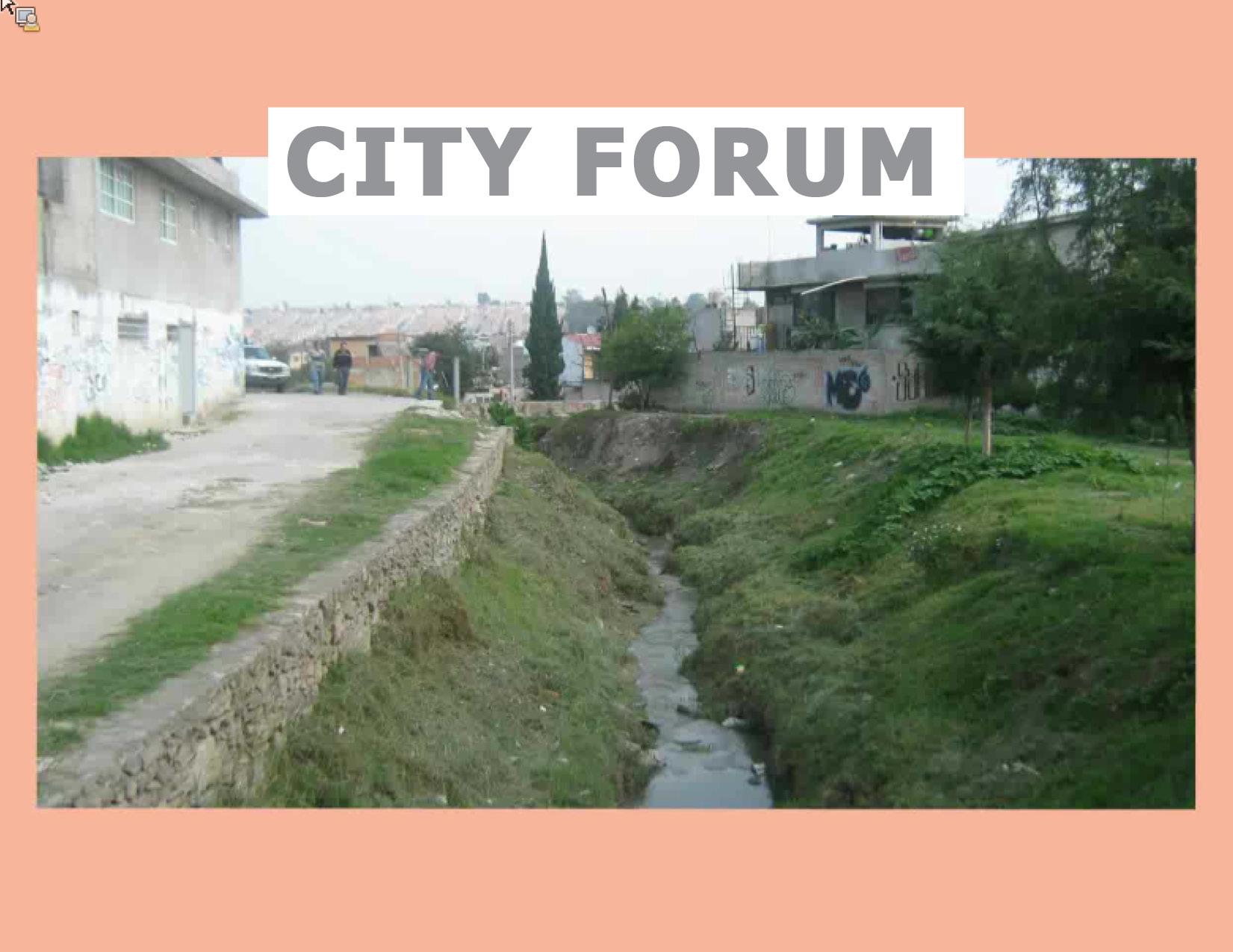Julie Eizenberg, AIA, is a founding Principal of Koning Eizenberg Architecture, and brings design vision to the firm's wide range of projects. Under her leadership, the firm has earned over 100 awards for design, preservation and sustainability including the World Architecture Festival's Housing Award in 2013 and the 2012 AIA Los Angeles Gold Medal in recognition of a lasting influence on the theory and practice of architecture. Julie teaches and lectures around the world, is a frequent advisor to the U.S.

Texas Disposal Systems (TDS) was the first totally integrated landfill, recycling, and compost facility in TX, and opened in 1991. Today TDS serves more than 35 counties in central Texas. 100% of the city of Austin's trash and 60% of our recyclables now go to the TDS landfill. We took a tour of TDS' extensive facilities, which include not only the landfill but the single-stream recycling center, composting field, construction debris sorting area, Garden-ville (an organic gardening retailer), artist-in-residence studios, Resale shop, and exotic game ranch.
Tod Williams was born in Detroit, Michigan in 1943. He received his undergraduate degree and Master of Fine Arts and Architecture from Princeton University. Billie Tsien was born in Ithaca, New York in 1949. She received her undergraduate degree in Fine Arts from Yale and her Master in Architecture from UCLA.

In recent years, the building envelope has received increased attention by architects and engineers. Innovative construction techniques, new materials, and the need for improved performance have contributed to a new architectural language. While the envelope’s primary task is to regulate the external climate conditions in order to provide comfortable internal conditions for the occupants, it also constitutes the aesthetic face of the building.
Jerold S. Kayden, an urban planner and lawyer, is the Frank Backus Williams Professor of Urban Planning and Design at the Harvard Graduate School of Design, where he previously served as Co-Chair of the Urban Planning and Design Department and Director of the Urban Planning Program. His teaching and scholarship address issues of land use and environmental law, public and private real estate development, public space and cities, and the impact of climate change on land development.

Lunchtime screenings:
Something new every week.
M - F, 12 - 12:50
WMB 3.102
Past films:

The University of Texas at Austin School of Architecture hosts a regular lecture series pertaining to urban planning issues, among other related topics, called City Forum.
Dr. Michael Holleran is the Director of the Graduate Program in Historic Preservation at the University of Texas at Austin. He is a renowned expert on historic preservation. His research interests include the history of urban design and development, vernacular landscapes, and water history. He is the author of the award winning book, Boston's "Changeful Times": Origins of Preservation and Planning in America.

"A Layered Approach" is a snapshot of an independent studio focused on issues of materiality and scale in the design process. Nic Allinder, Taylor McNally-Anderson, and Tyler Noblin organized their studio around a non-linear trajectory. A broad range of scales were considered from the outset; material constructions were developed simultaneously with urban strategies. Central to this process was the iterative production of physical models testing sensorial experiences at a variety of scales.

RECORDING HERE
Cinthya Garfas Galvan discusses water issues in the peri-urban communities north of Mexico City, and how participatory processes can play a critical role in galvanizing change.

